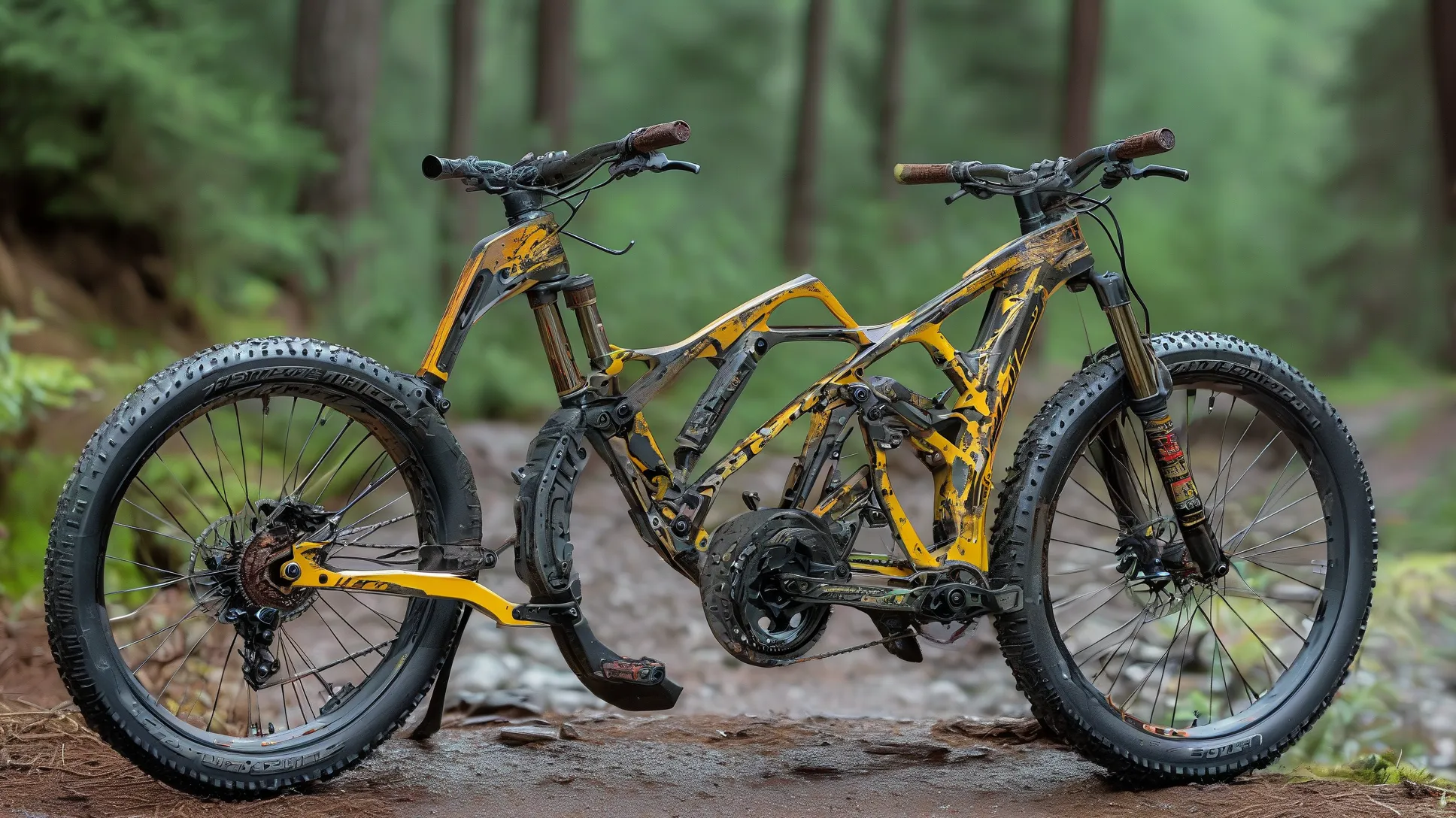Buying a used full suspension bike can be a game-changer for mountain and trail riders seeking high-performance gear without breaking the bank. However, navigating the secondhand market requires strategic planning to avoid costly mistakes. This guide walks you through actionable steps to identify reliable deals, assess bike conditions, and negotiate confidently.
Why Choose a Used Full Suspension Bike?
Full suspension bikes excel at absorbing rough terrain, but new models often cost $3,000 or more. Opting for a pre-owned bike lets you access premium components like RockShox or Fox shocks at 30-50% below retail prices. According to a 2023 Bicycle Retailer Industry Report, demand for used high-end mountain bikes has surged by 22% since 2020, driven by riders prioritizing value without sacrificing performance.
Step 1: Know Your Riding Needs
Start by defining your primary use:
– Trail riding: Look for mid-travel bikes (120-140mm rear suspension) with durable frames like the Santa Cruz Hightower or Specialized Stumpjumper.
– Enduro/Downhill: Prioritize bikes with 150mm+ travel and burly components (e.g., Trek Slash, Yeti SB150).
Avoid overbuying – a downhill-focused bike will feel sluggish on casual trails. Research geometry charts to match stack height and reach to your body type.
Step 2: Inspect Critical Components
Frame Health
Check for cracks, dents, or paint chips near weld points (especially around the bottom bracket and rear triangle). A flashlight helps spot hidden damage. Aluminum frames show obvious dents; carbon requires careful tapping for hollow sounds indicating delamination.
Suspension Performance
Compress the fork and shock to test smoothness. Sticky movement or oil leaks signal worn seals – a $150-$300 repair. Ask when the suspension was last serviced; most manufacturers recommend rebuilds every 100 riding hours.
Drivetrain Wear
Examine chainring teeth for shark-fin shaping and cassette cogs for uneven wear. A worn 12-speed drivetrain can cost $200+ to replace. Bring a chain checker tool – over 0.75% stretch means imminent replacement.
Step 3: Where to Find Trustworthy Sellers
- Pinkbike Buy/Sell: The largest MTB-specific marketplace with seller reviews and price comparisons.
- Local Bike Shops: Many offer certified pre-owned programs with warranties (e.g., Trek Certified Pre-Owned).
- Facebook Marketplace: Filter listings using terms like “serviced recently” or “original owner.” Avoid accounts with stock photos or vague descriptions.
Step 4: Test Ride Like a Pro
Schedule test rides on terrain matching your usual trails. Listen for creaks under pedaling pressure and check:
1. Brake bite point (spongy levers indicate air in hydraulic lines)
2. Gear shifting precision under load
3. Suspension responsiveness on drops or roots
Bring a torque wrench to verify critical bolts (pivot points, stem) are properly tightened per manufacturer specs.
Step 5: Negotiate with Confidence
Use these benchmarks to haggle:
– 1-2 years old: Offer 40% off MSRP if components are stock and lightly used.
– 3+ years old: Aim for 60% off, factoring in potential part replacements.
Leverage repair costs in your favor (“The fork needs service – can we deduct $200?”). Always request original receipts or service records to verify ownership history.
Red Flags You Can’t Ignore
- No serial number: Indicates potential theft; cross-check with Bike Index registries.
- Non-stock parts: Cheap substitutions (e.g., no-name shocks) may hint at prior crashes.
- “Lightly used” but worn drivetrain: Inconsistent claims suggest heavy abuse.
Final Checklist Before Paying
- Verify frame warranty status (some brands like Giant transfer warranties).
- Test all suspension modes (lockout, climb, descend).
- Check hub engagement – delayed freehub rotation signals bearing issues.
By prioritizing transparency and mechanical diligence, you’ll secure a trail-ready used full suspension bike that performs like new at half the cost. Focus on models from reputable brands with strong aftermarket support, and don’t hesitate to walk away from deals that feel rushed or opaque.
